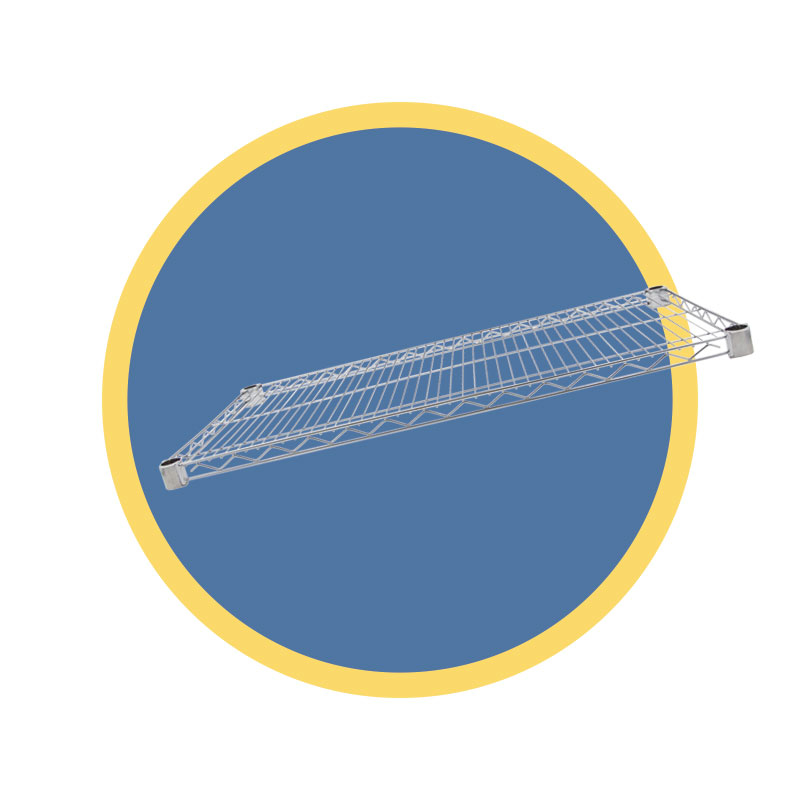Manufacturing Processes We Utilize

We're the Ideal Worldwide Manufacturing Partner.
Our clients expect high-quality products to ensure increased productivity. We accomplish this by understanding the unique needs of our customers upfront and continuously producing products that meet or exceed quality standards and clients’ expectations. Our core manufacturing competencies include:

Die Casting
During the die casting process, engineers inject molten metal into a steel mold, often under intense pressure. The sizes of the machines differ depending on the size of the respective mold. The complete die casting cycle varies depending on the weight and size of the components. Die casting is the fastest way of producing precise, high-quality, nonferrous metal parts.
Forging
Forging is the oldest metal working process known to man and is the term used for shaping metal by using localized compressive forces. Cold forging is done at room temperature or near room temperature. Hot forging is done at a high temperature, which makes metal easier to shape and less likely to fracture. Warm forging is done at intermediate temperature between room temperature and hot forging temperatures. Forged parts can range in size from 2 oz. to 3 lbs. Forged parts usually require further processing to achieve a finished part. Forging results in metal that is stronger than cast or machined metal parts and can impart a high strength-to-weight ratio.
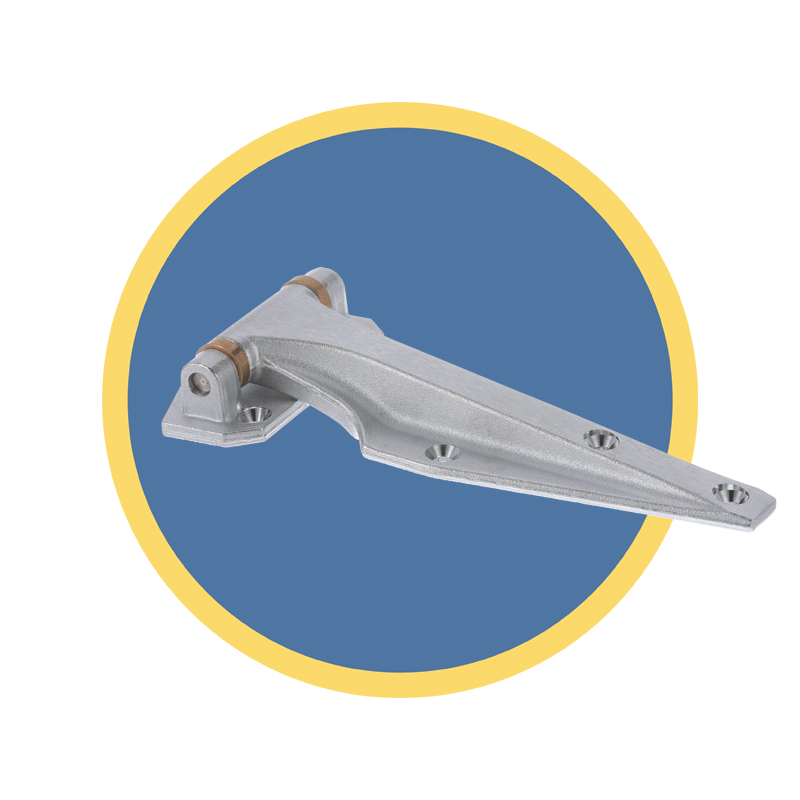
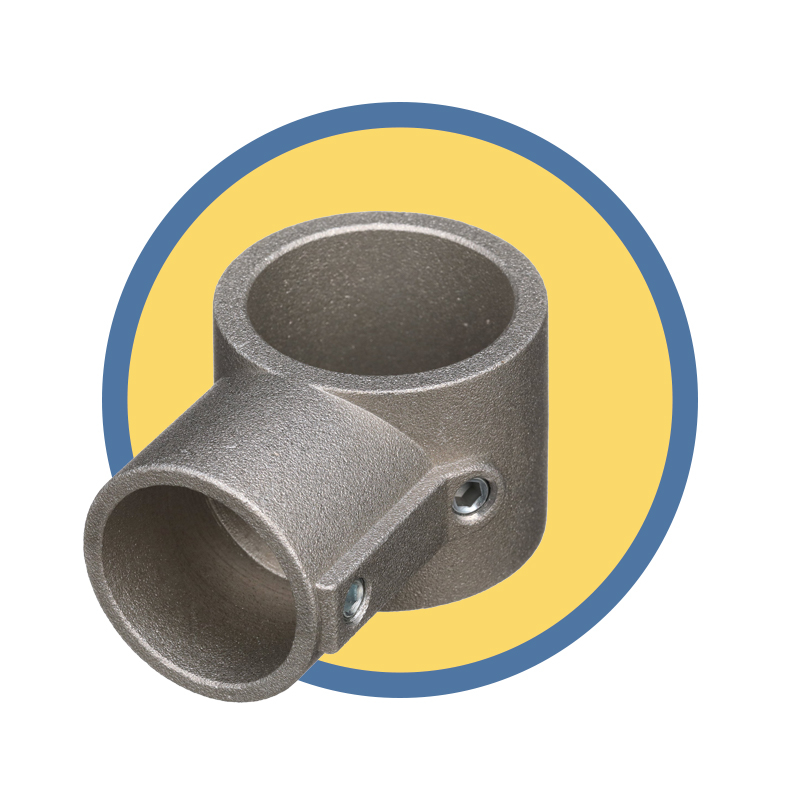
Investment Casting
Investment casting or lost wax casting is a process in manufacturing whereby a refractory ceramic material is used to coat a wax pattern. The geometry of the ceramic material takes the casting shape once it has fully hardened. The wax is melted, discharged from the mold and molten metal and poured into the wax pattern’s cavity. Investment casting allows for the production of accurate components repetitively.
Machining
Our machining operations are categorized into milling, turning, tapping, threading, and drilling. These operations use milling machines to cut workpieces while drilling operations use rotating cutters to produce and refine holes. Threading and tapping are processes that form or cut female and male mating pairs. All these procedures are essential and support our commercial kitchen components manufacturing.
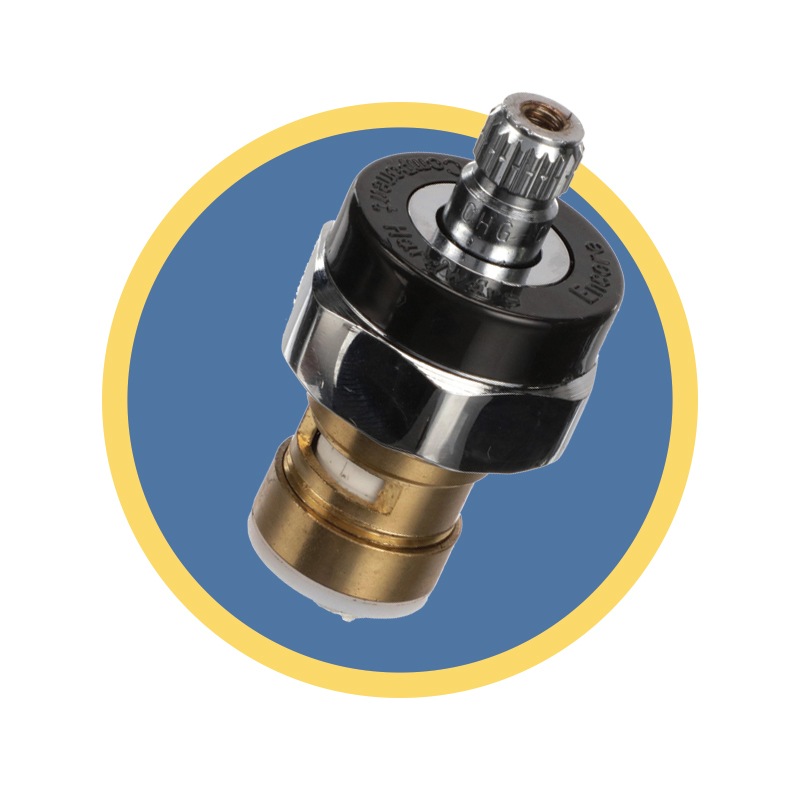
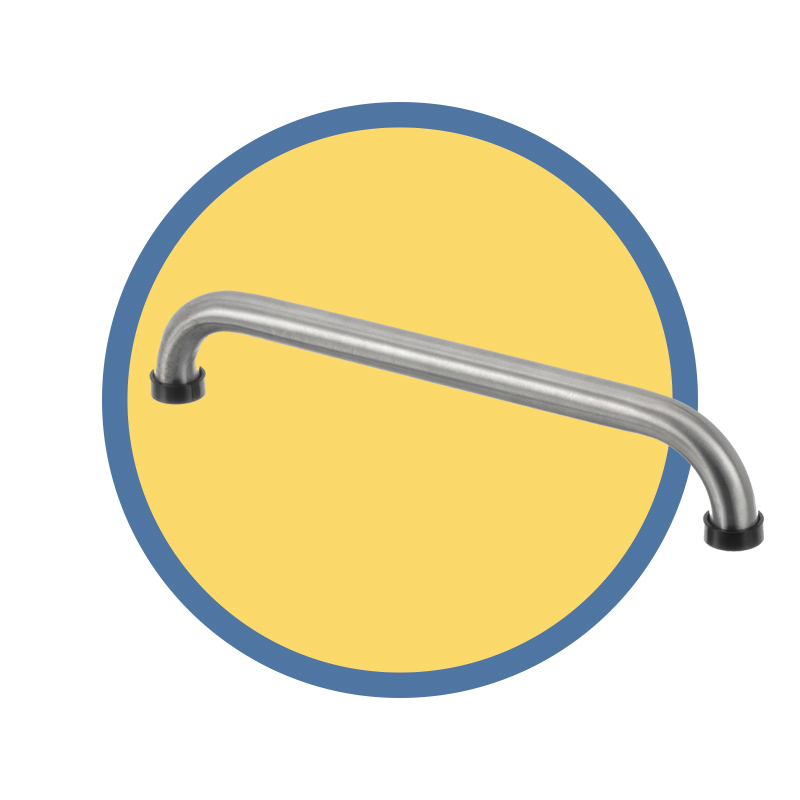
Metal Forming
In metal forming we fashion metal parts and objects through mechanical deformation. For this we use contemporary processes of cutting and joining.
Plastic Injection Molding & Extruding
Plastic injection molding is a process that produces thermosetting and thermoplastic materials. It entails injecting molten plastic into a mold at high pressure, usually the inverse of the shape of the product. Then, molds are created using metal by mold makers or tool makers who use aluminum or steel to form the required features with utmost precision. Commonly used materials are ABS Nylon, polystyrene, polypropylene, PVC, and polyethylene.
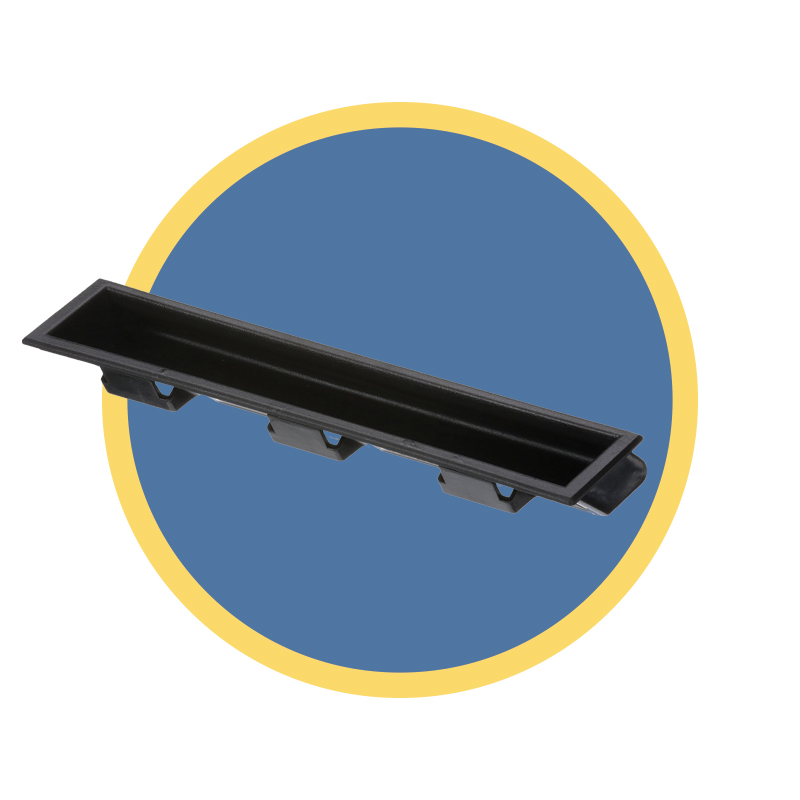
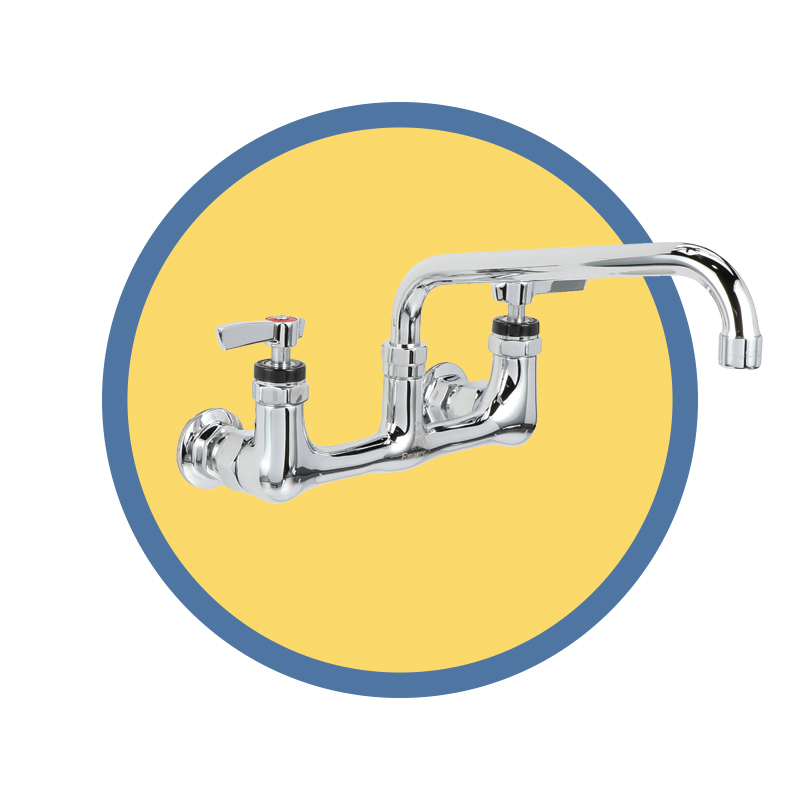
Plating and Powder Coating
This is a collective name for surface-covering techniques that involve depositing a metal into a conductive surface. Plating prevents corrosion of electronic devices, faucets, and hinges. It influences product attributes such as wear-ability, paint adhesion, shielding, and conductivity. We specialize in zinc plating, electroplating, chrome plating, and nickel plating. Powder coating involves applying a distinctive dry powder coating, which does not need a solvent to keep the filler parts and binder in a liquid form. Engineers apply the powder electrostatically and cure it under heat to form a layer. The finish that it creates to our plumping component manufacturing is tougher and harder than that of paint.
Sand Casting
Sand casting, also known as sand molded casting, is a metal casting process characterized by using sand as the mold material. The term "sand casting" can also refer to an object produced via the sand casting process. Sand castings are produced in specialized factories called foundries.
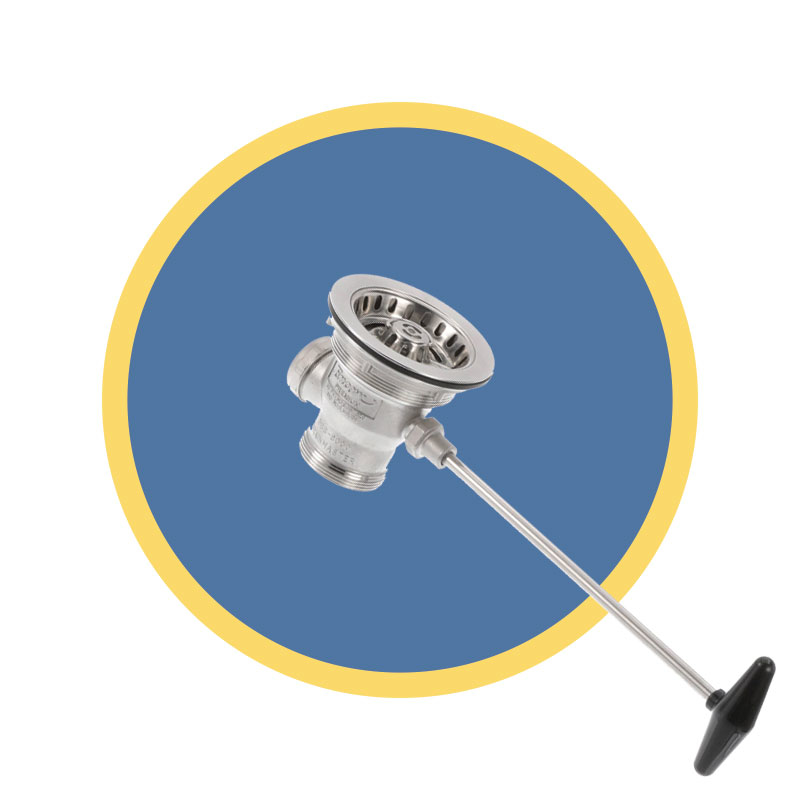
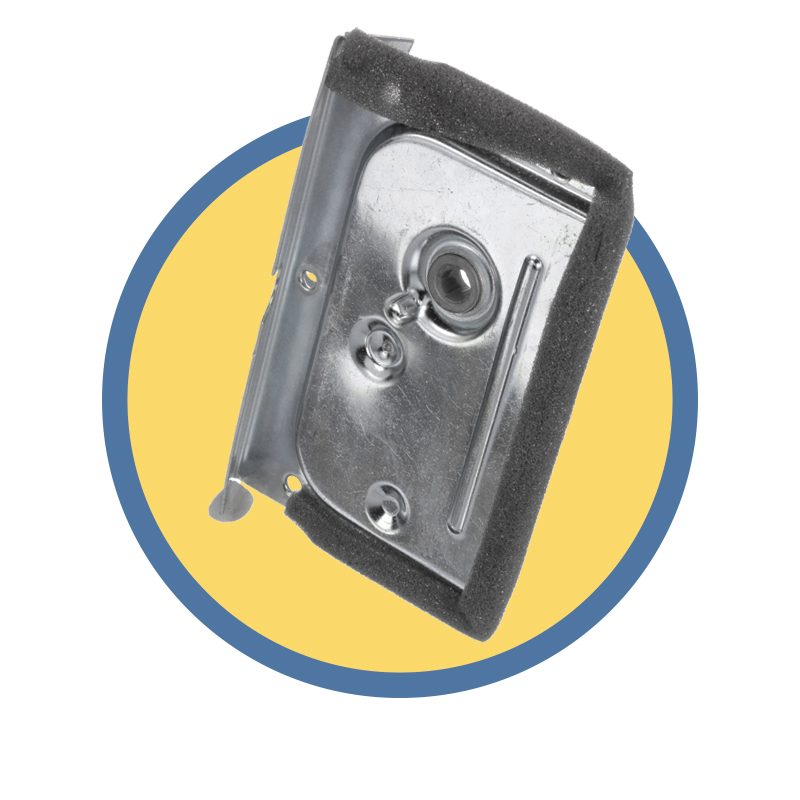
Stamping
Stamping features a versatile range of sheet-metal forming manufacturing processes which include punching using a stamping press, bending, embossing or coining. Stamping can be done on sheet metal and some other materials such as polystyrene. A progressive die stamping process is characterized by multiple cutting and forming operations that take place simultaneously. Common materials used for progressive die stamping include various grades of stainless steel and cold rolled commercial steel. Also, tooling is generally less expensive here.
Wire Forming
Also referred to as metal forming or fabrication, wire forming involves bending and stamping wires into fabricated forms to create a wide range of items. Common products include wire racks, hooks, specialty pins, springs, clips, and other customized products. Our engineers perform wire forming processes either manually or using CNC machines.
